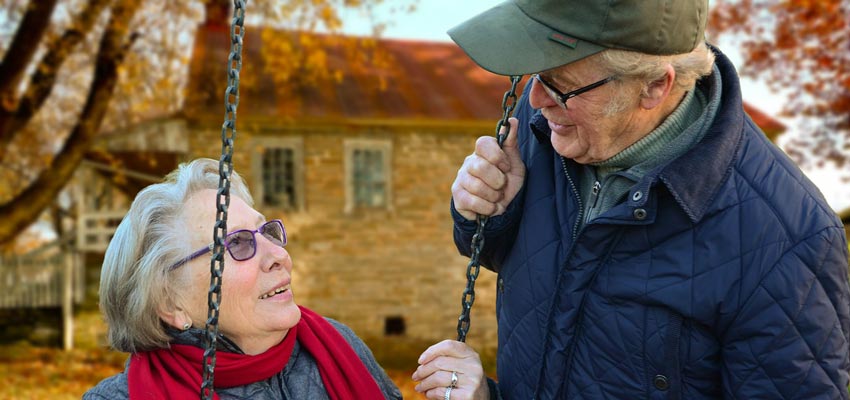For decades, nutrition science has been intensively concerned with the special nutritional needs of babies and toddlers, while older people and their special nutritional needs have only recently been investigated.
The problem starts with the fact that the majority of people would never call themselves "old". Yet we live in an ageing society. Population change is a global challenge with far-reaching consequences. Age-related health problems that affect the quality of life and place an economic burden on individuals and the health system need to be addressed. Consumers are becoming increasingly aware of the impact of eating habits on health and well-being. Food and beverage manufacturers are beginning to realise that their product development and marketing efforts need to change and adapt to the demographic development of the population.
Studies show that more than 60% of consumers between the ages of 50 and 64 have high cholesterol, diabetes, heart disease, cancer or other chronic conditions. But instead of relying on pills and tablets, as in previous generations, today's aging consumers are looking for alternative ways to solve their medical problems - especially by consuming healthy foods. The composition of the diet must be optimized for the needs of the aging person: rich in vitamins, essential amino acids and antioxidants, but low in fat and energy, without affecting the typical texture. But in food packaging, too, engineers are faced with the challenge of developing safe, easy-to-open packaging for older people.
The need for additional and understandable product information will increase, which will affect the scope and nature of the analytical characterisation of "senior food" as we know it from baby food already.
As experts in the analysis of diet products, baby food and medical nutrition products, we are well equipped to support manufacturers who are now looking to enter the new senior food market segment.
Author: Frank Mörsberger

 Contact
Contact

 Contact
Contact Career
Career